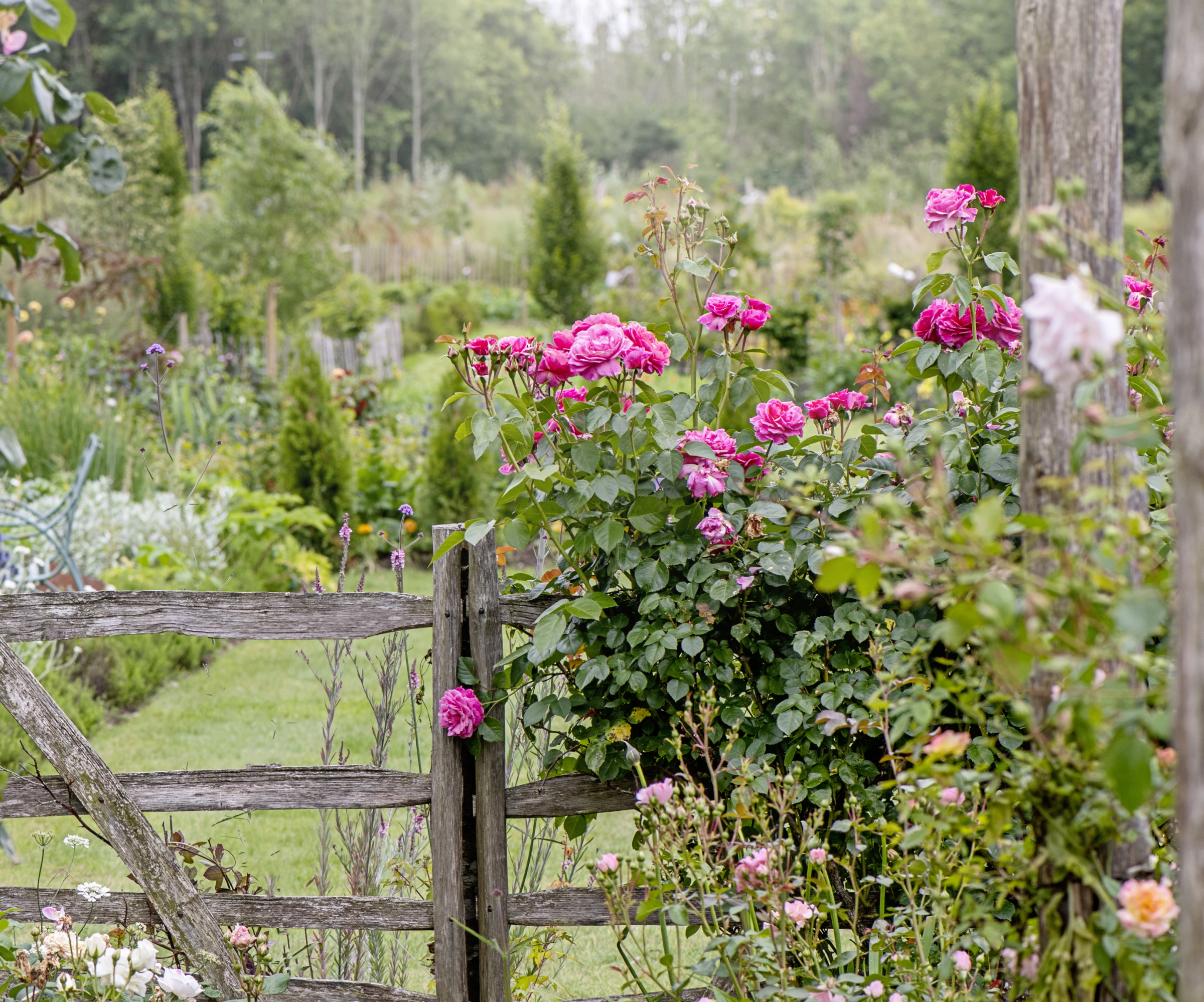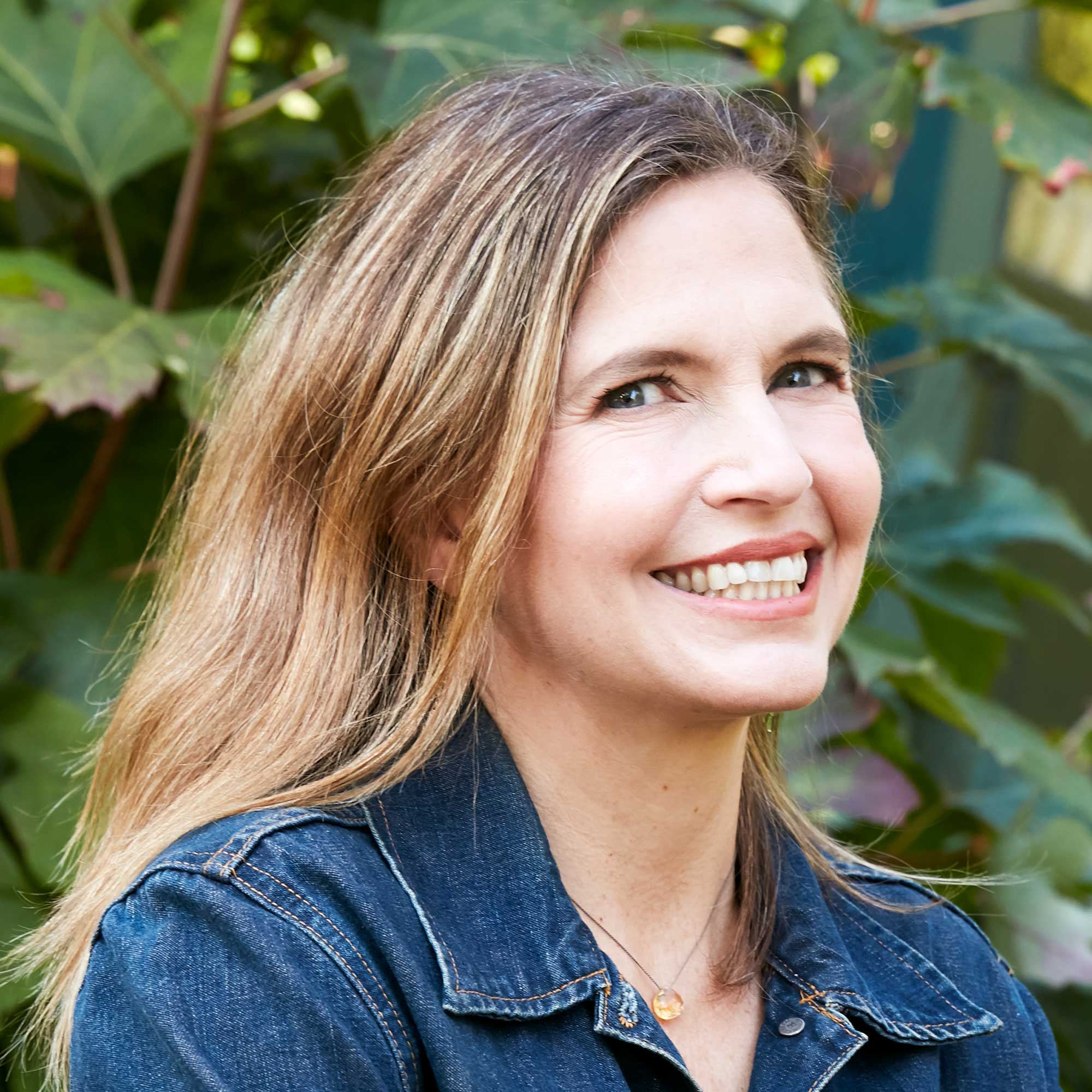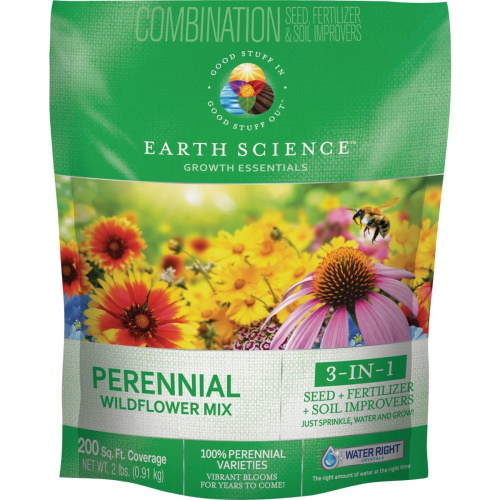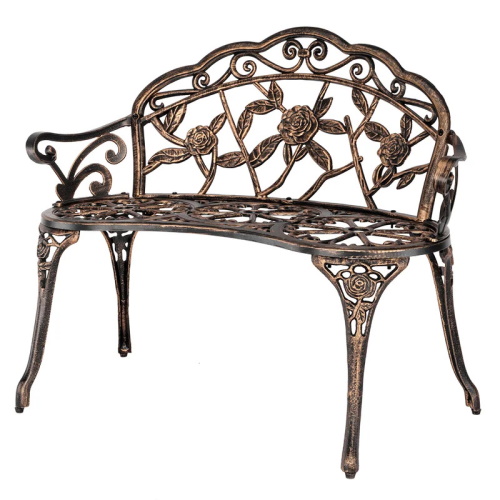'Lived-in' backyards set to take over in 2025 – but there's more to this look than simply turning your yard over to nature
With naturalistic planting on the rise, are manicured gardens out? Garden designers discuss the beauty of both styles, and how to get the lived-in look


Even though fall is a quieter time in our yards, it's arguably one of the busiest for gardeners. Not only do we have to get on top of essential tasks, like pruning and seed sowing, it's also the time to start dreaming about what we want our outside landscapes to look like next year.
If you've explored backyard ideas high and low and are still left unsure, why not consider something a bit different? The Garden Media Group 2025 Trends Report has revealed that lived-in gardens are set to take over next year, noting the movement is a 'shift from the pristine towards a more genuine, seasoned aesthetic'.
So when it comes to choosing between a lived-in vs manicured garden, how to these two very different styles compare? And can they ever co-exist in one space? Garden designers weigh up the pros and cons, with tips on how plan a garden of each style - so you can find inspiration for your perfect 2025 garden aesthetic.
What is a lived-in garden?

According to the Garden Media Group's report, a lived-in garden 'reflects a broader societal craving for authenticity.' It's a space that has been 'meticulously designed to appear as if they have been nurtured for decades.'
While you might assume a lived-in garden is one that has come to be without much planning, designers say creating a space of this style requires some careful consideration.
'A lived-in garden is relaxed, laid-back, and doesn’t take itself too seriously,' says Marek Bowers, landscape design expert and founder of Bolder Green. 'The plants have freedom, there’s a sense of life and movement, and it’s not about everything being perfect. A little wildness that feels natural - like the garden has been there forever, just doing its thing. It’s inviting and tells a story, and it’s a little different every time you’re in it,' he describes.
As well as naturalistic planting, lived-in gardens are about reflecting your personal style. 'They evoke emotions and are rich in scents, creating a sensory experience,' says garden designer Laura Janney.
Design expertise in your inbox – from inspiring decorating ideas and beautiful celebrity homes to practical gardening advice and shopping round-ups.
'They often include personal items and décor. It moves away from conventional landscaping and feels more authentic. They tend to be more natural, casual, and organic,' she adds.
The beauty of a lived-in garden is it can be adapted to a range of aesthetics - from classic gardens to modern backyard styles. The GMG report describes: 'This trend takes shape in many of our nation’s public gardens. These landscapes boast a naturalistic, luxurious, and prestigious appearance, evoking the timeless charm of centuries-old European gardens.'

Marek is a sustainable landscaper and an expert on California and Colorado low-water rebates. Marek's website, Bolder Green, is a guide to eco-friendly gardening. Through his articles on drought-tolerant landscaping and xeriscaping, readers will learn how to design stunning gardens that conserve water and support wildlife, all while adding beauty to their outdoor spaces.
How to create a lived-in garden style

There are a few ways to get started with a lived-in garden look. The important thing to note is you don't have to start from scratch - this garden style leans into the idea of evolving over time.
'Focus on the plants you love and are sentimental. For example, including a plant your grandmother loved,' suggests Laura.
This is a lovely addition to have in your yard to create a memory garden; a safe space to remember loved ones and past times. Enhance this feeling by adding personal touches to your lived-in garden: 'A lived-in garden feels like an extension of the gardener. Include details that reflect your personality like old chairs if you're into antiques, or a bird feeder you picked up at a yard sale,' suggests Marek.
Of course, you can also take a more flexible approach to choosing plants: 'Go crazy with plant variety. Incorporate a mix of textures, colors, and heights. Let some plants self-seed and find their way around the garden naturally. It adds character and a wild feel when the plants don't look like they were overly curated,' says Marek.
The GMG report nods to this, encouraging gardeners to let flowering climbers 'extend to unexpected areas' and to not 'get rid of plants that are not perfect. Trim and maintain to show their established growth,' it advises.
Incorporate the lived-in feel in your choice of garden path and other hard landscaping features, too. 'Opt for natural materials like tan pea pebbles, reclaimed wood, or rough stone borders. Avoid too much straightness or perfect edges - let the design flow with the landscape,' says Marek.
Pair these natural hues with moss landscaping, covering stone walls and acting as ground cover to give the effect of an aged space with history.
Get the lived-in garden look

Laura is the Founder and Owner of The Inspired Garden. A winner of the 2024 Houzz Design award, Laura has over 20 years of experience in gardening and working with clients designing beautiful gardens. With multiple courses under her belt, Laura would make a great resource on all things gardening.
What is a manicured garden?

On the opposite end of a lived-in garden, a manicured garden is all about creating a design that is perfect to the eye. Designers say this is much more aligned with older gardening trends, but it is simultaneously timeless.
'A manicured garden is all clean lines, order, and symmetry. It’s got an everything is exactly where it should be vibe,' says Marek. 'The hedges are trimmed, the grass is perfect, and there’s a rigid structure to it. If you like things neat and tidy, where every plant is perfectly placed, then a manicured garden would be a great fit for you,' he adds.
This garden style shows off precise garden ideas and specific design details. If you enjoy garden zoning, a manicured garden presents the perfect opportunity to create different curated spaces in your yard.
There are certainly formal garden design ideas that can be applied to a manicured garden. It's also a great way to make a small garden look bigger, as the wilder planting of the lived-in style can takeover an already-limited space.
How to create a manicured garden style

While you might opt for a mixed wildflower meadow in a lived-in garden, it's best to stick to a small selection of plants when aiming for a manicured look.
'Keep it simple. Stick to a few varieties of plants and repeat them over and over. This will evoke a feeling of harmony and elegance,' says Laura. Choosing perennials to pair together can enhance this harmonious look, while applying garden edging ideas can keep your borders looking neat and tidy.
'Make sure to also use equal spacing between plants and keep it symmetrical. This will evoke a sense of order and balance,' Laura adds.
You can also uplift your manicured look with shapely topiary that reflects your taste, or landscape with hedges: 'Organize your plants in geometric patterns, and use hedges or boxwood to create a crisp structure,' suggests Marek.
It's important to keep on top of pruning tasks to keep your manicured garden neat, so make sure to be equipped with essential pruning tools.
Where you can allow a lawn to grow out in a lived-in garden, routine lawn care is incredibly important in maintaining a manicured garden, Marek notes. 'Regular mowing, edging, and feeding will give you that lush, green, carpet-like effect,' he says.
Overall, a manicured garden is about stripping it back to basics. 'Less is more. Don’t over do. Keep it simple,' advises Laura.
FAQs
Is a lived-in garden good for wildlife?
There are lots of ways a lived-in garden can support wildlife. Wildflower planting, for example, often has plenty of plants for pollinators, while tall grasses offer shelter for a range of garden animals. You can also incorporate different wildlife garden ideas and features in this garden style: 'Include bird baths and feeders to attract wildlife,' suggests garden designer Laura Janney.
If you like the sound of both the lived-in and manicured garden style, it is possible to incorporate both in the same space - cottage garden ideas often unite ideas of formal and wild planting, for example. 'Experiment - don’t be afraid to try something new. That is the joy of gardening and it will show as your garden grows,' says Laura.

Tenielle is a Gardens Content Editor at Homes & Gardens. She holds a qualification in MA Magazine Journalism and has over six years of journalistic experience. Before coming to Homes & Gardens, Tenielle was in the editorial department at the Royal Horticultural Society and worked on The Garden magazine. As our in-house houseplant expert, Tenielle writes on a range of solutions to houseplant problems, as well as other 'how to' guides, inspiring garden projects, and the latest gardening news. When she isn't writing, Tenielle can be found propagating her ever-growing collection of indoor plants, helping others overcome common houseplant pests and diseases, volunteering at a local gardening club, and attending gardening workshops, like a composting masterclass.


